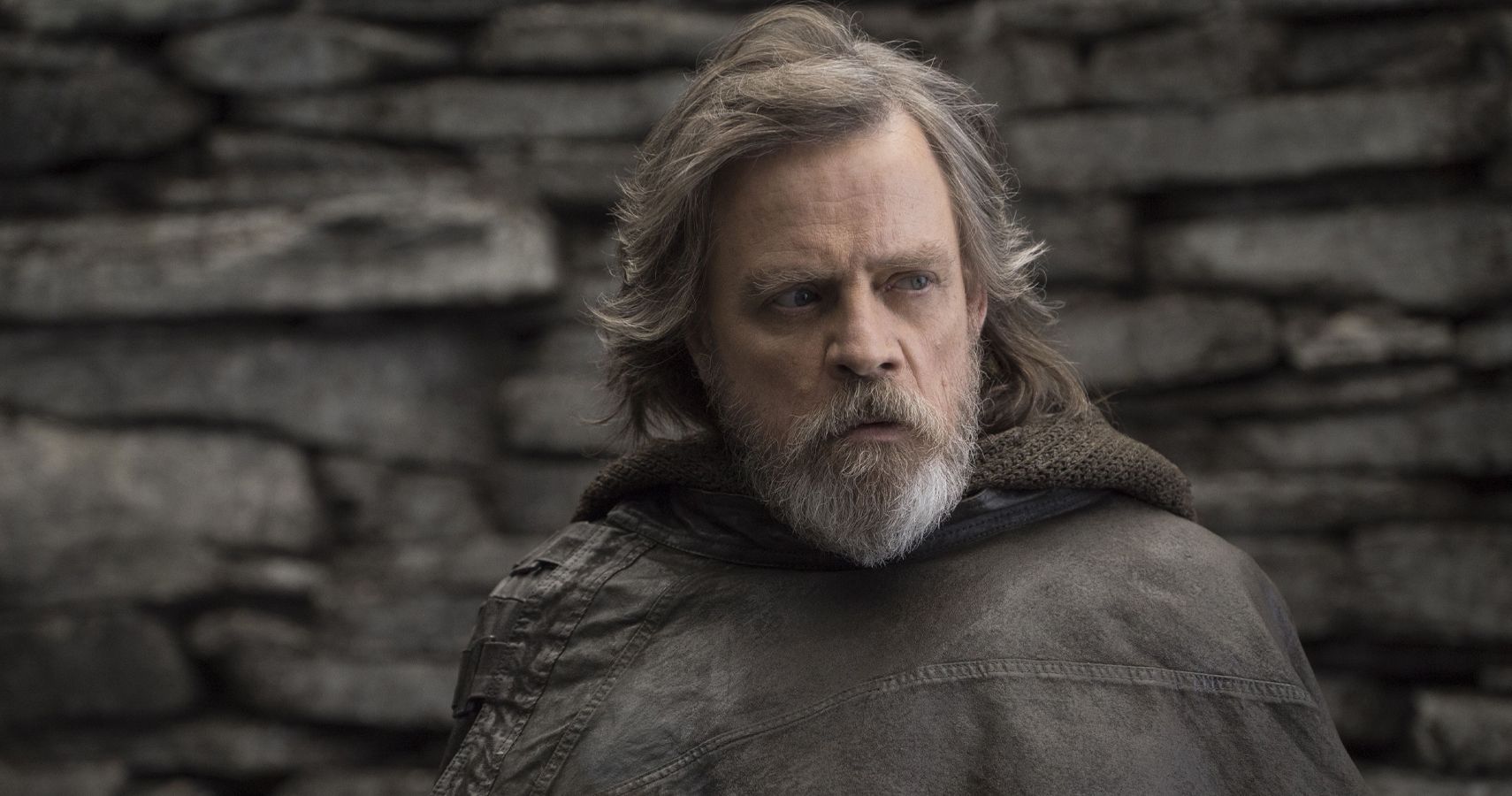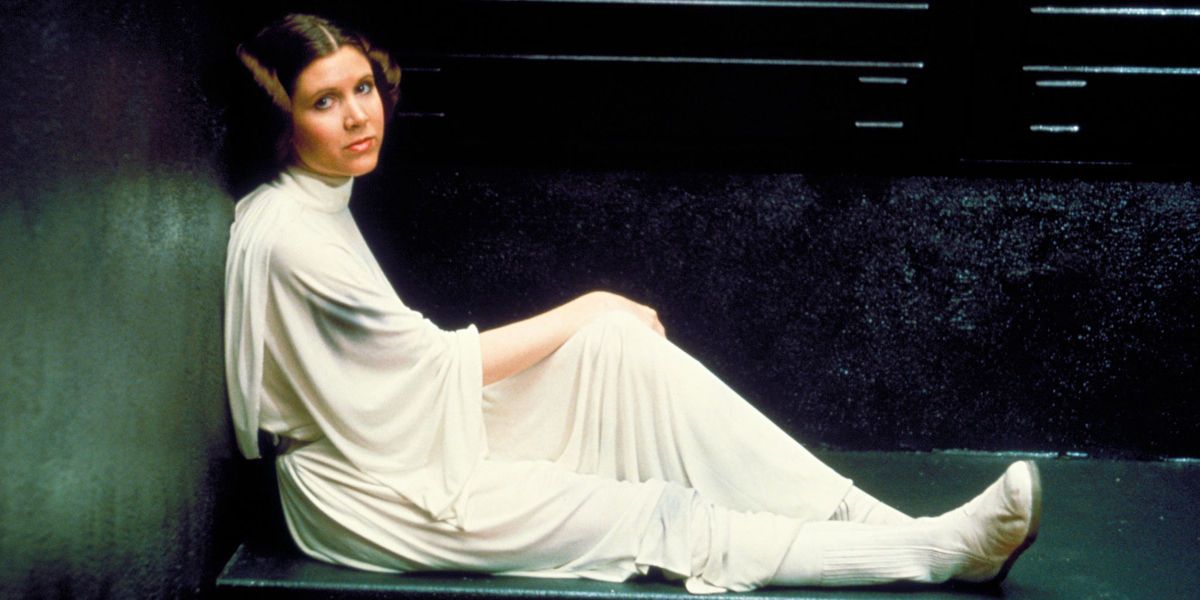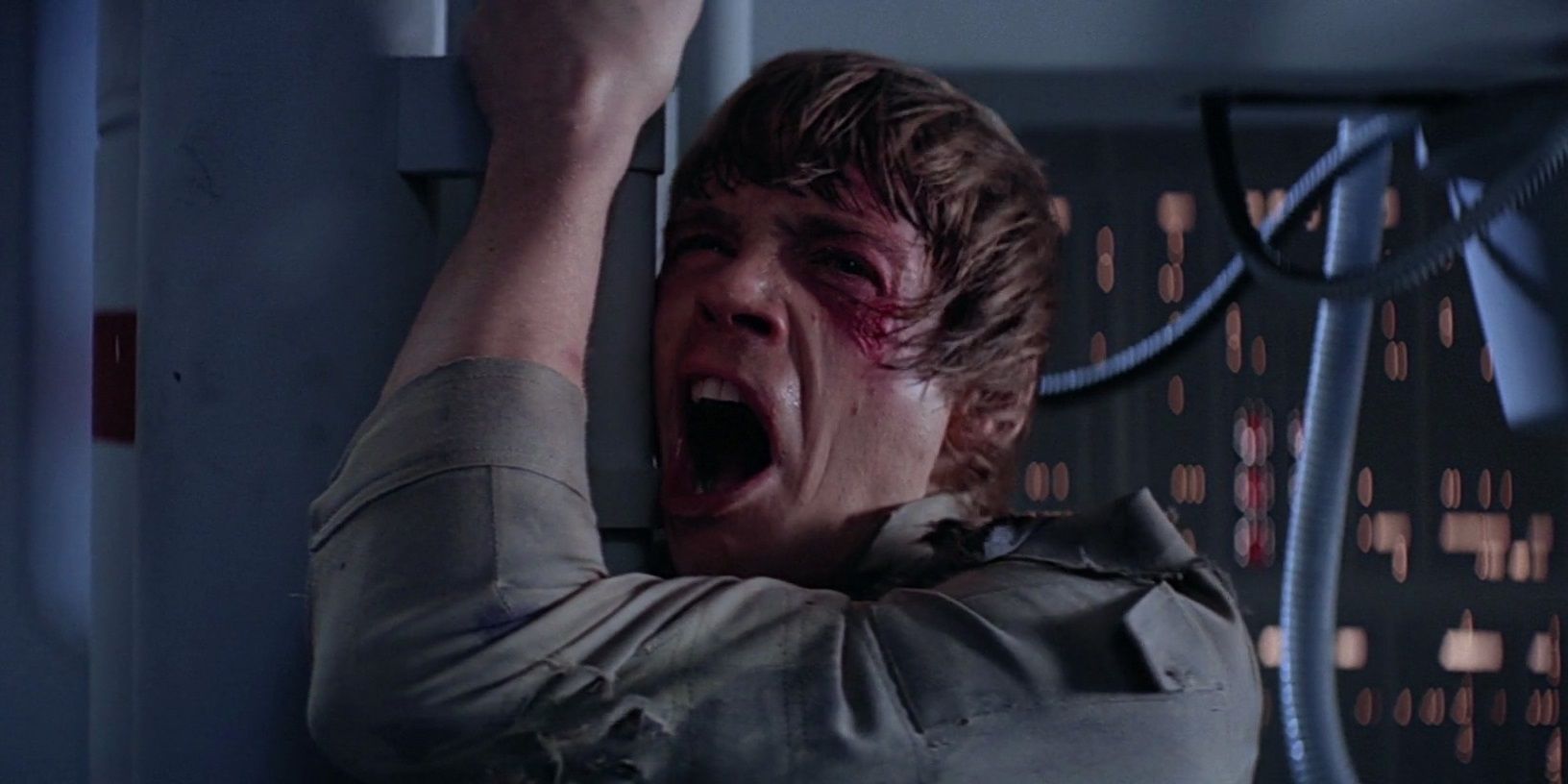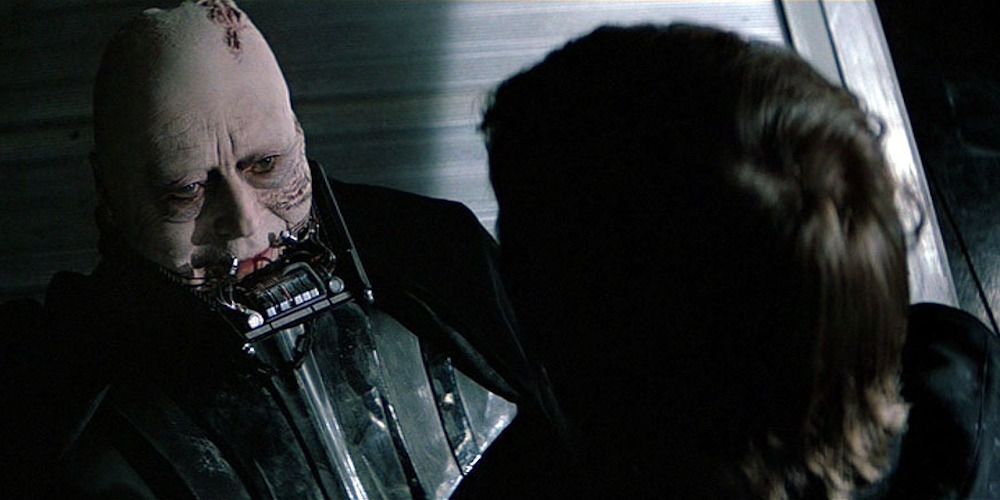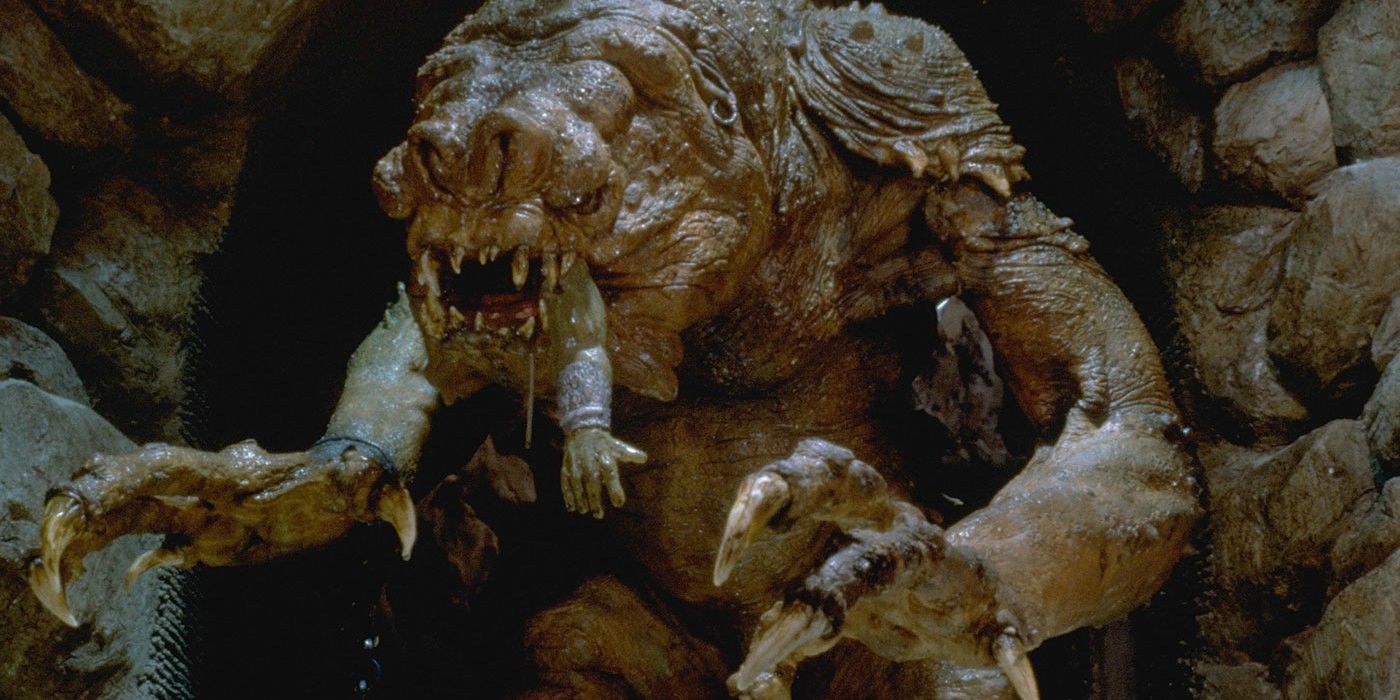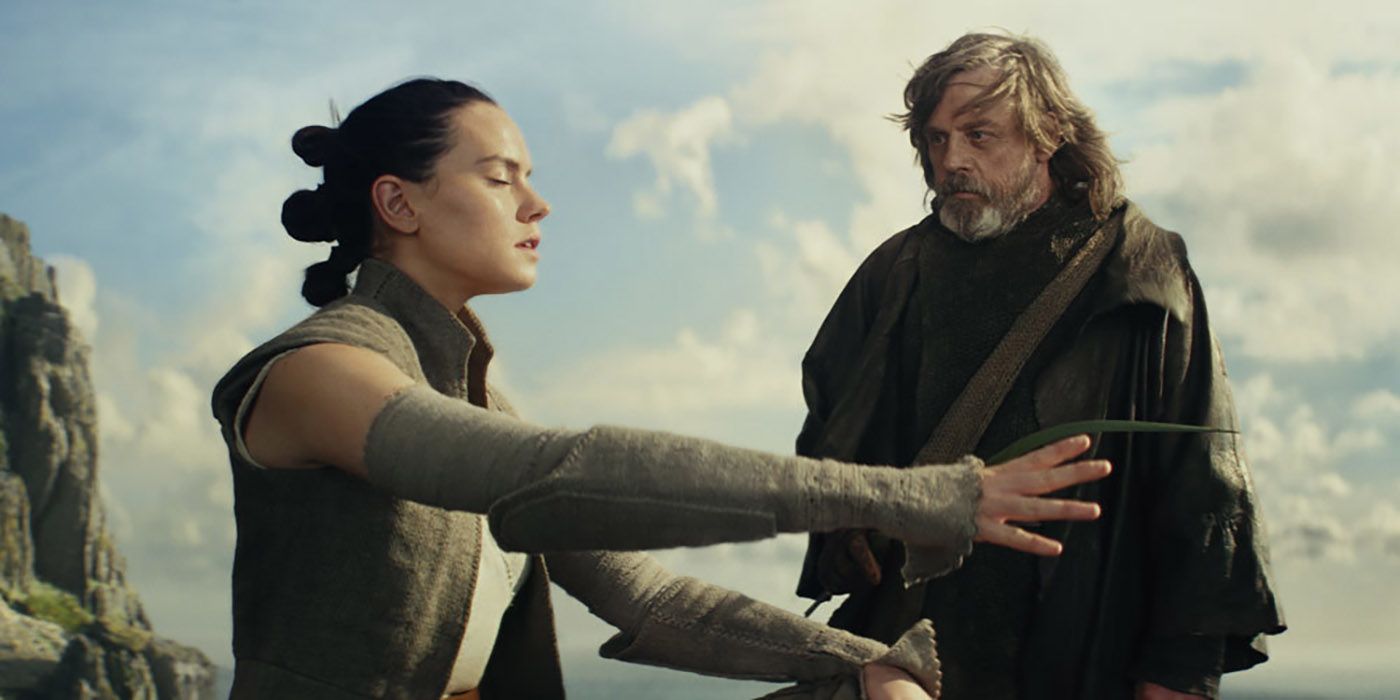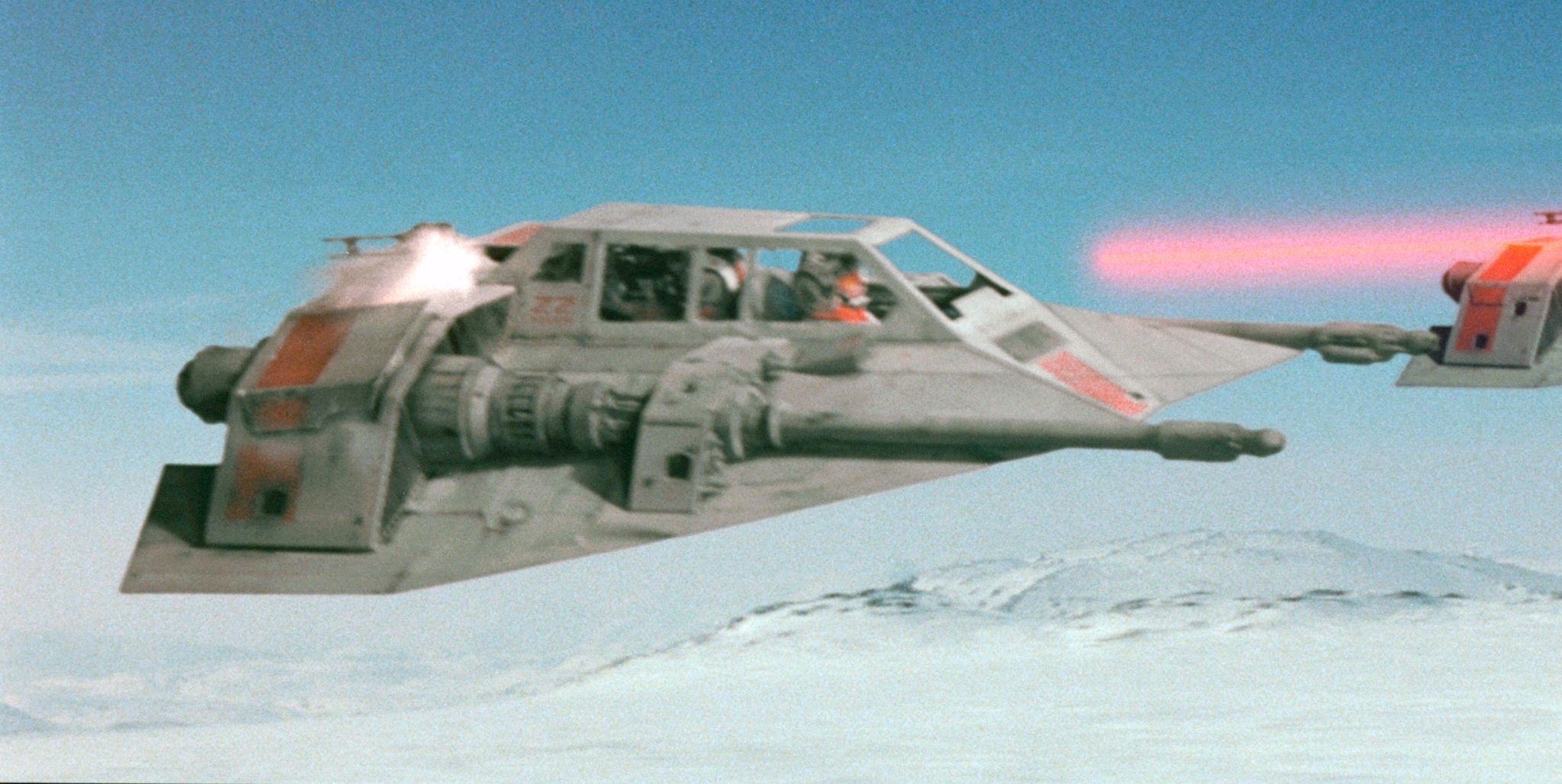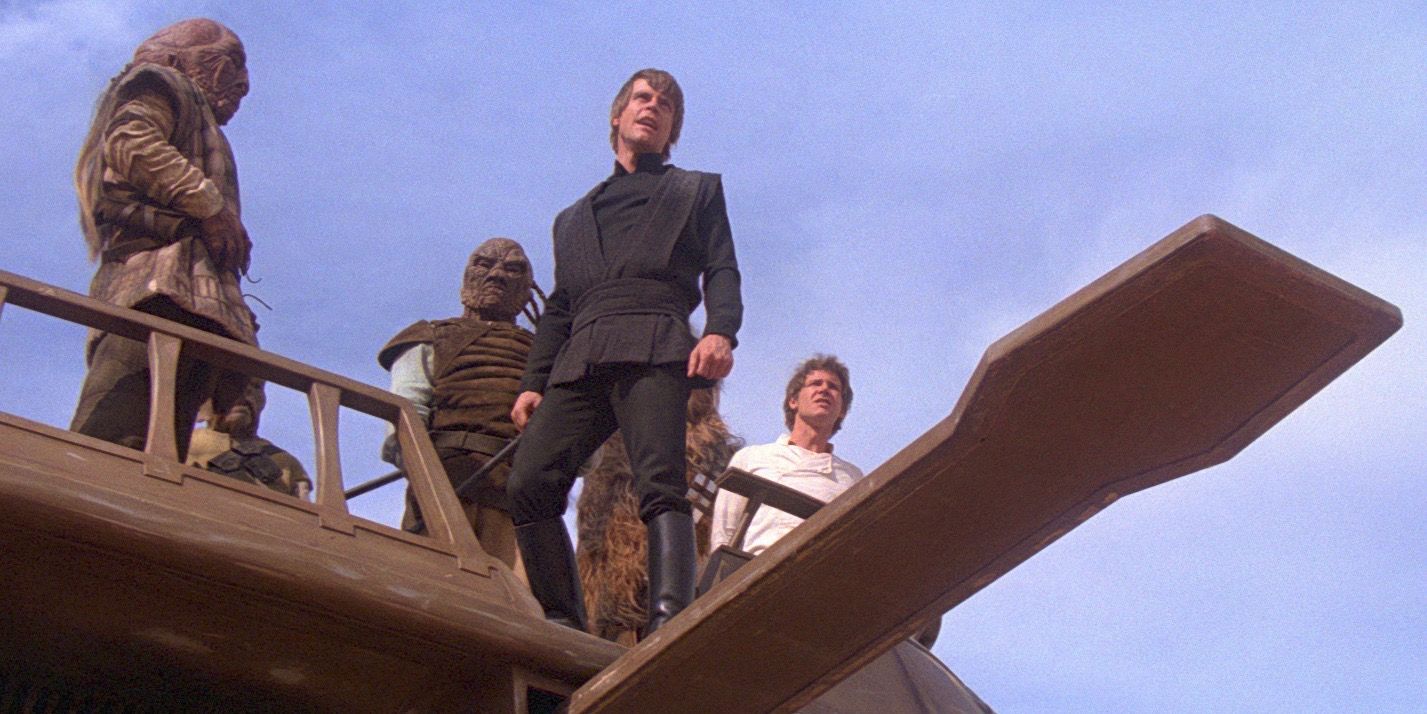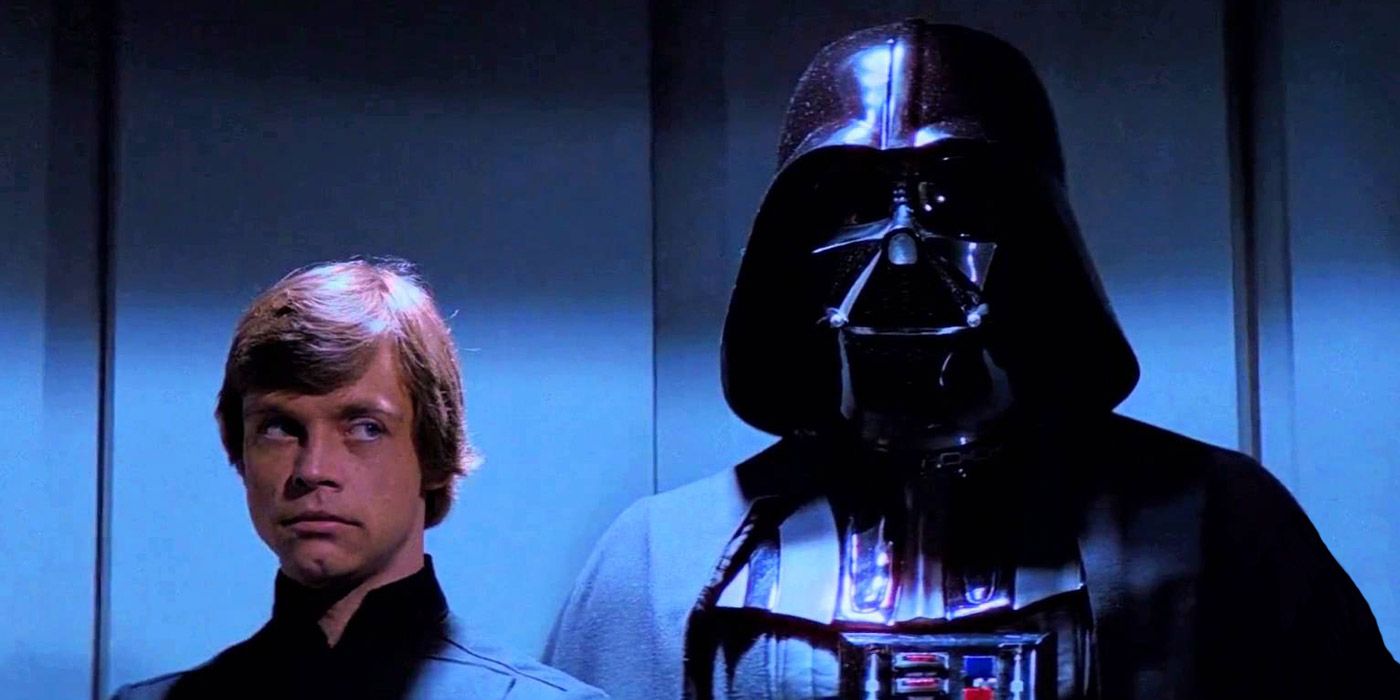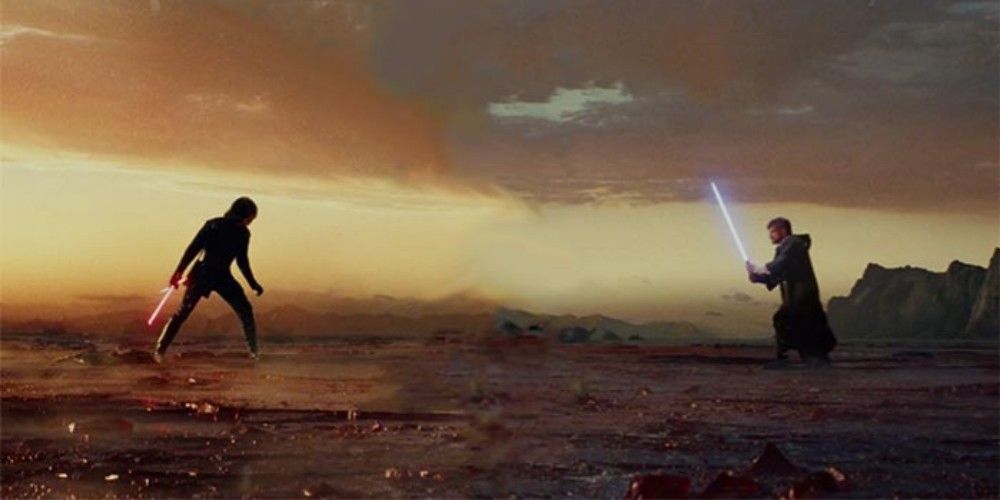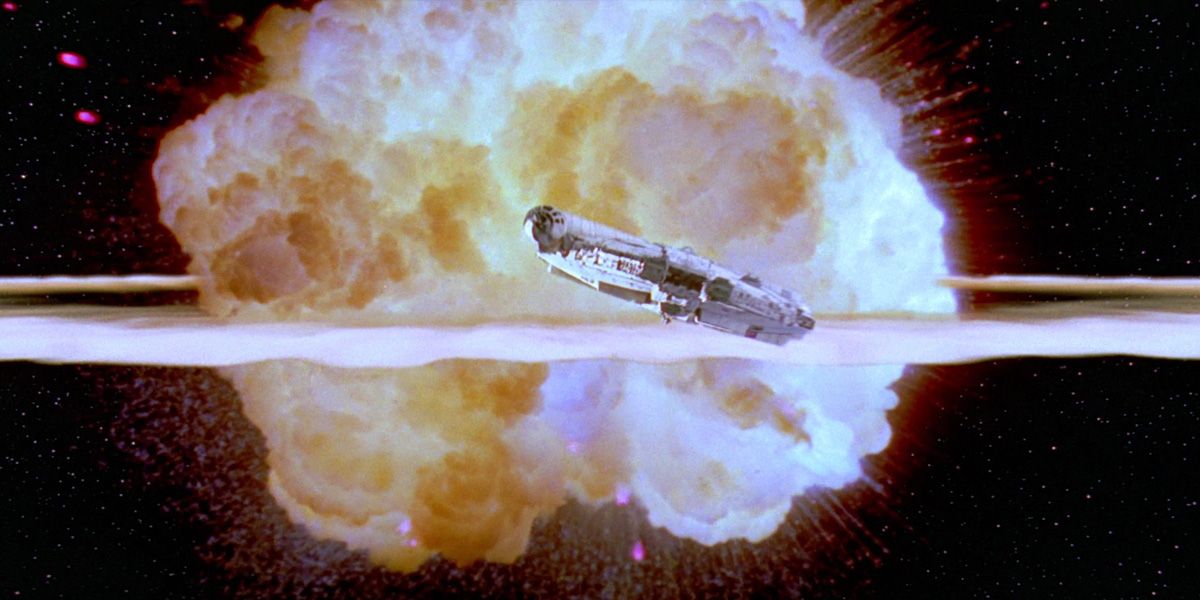Luke Skywalker is the first name in heroism in blockbuster cinema. He’s not an antihero, he’s never reluctant to go into action, and he can see the good in everyone – even the most evil man in the galaxy, his father Darth Vader. That’s why some fans have objected to how Disney’s sequel trilogy has depicted him: a grizzled, cynical, old man who takes the slightest nudge to seriously considering murdering his nephew in cold blood. That’s not the Luke we know and love. So, drawing from the Star Wars saga thus far, here are Luke Skywalker’s 10 Most Heroic Moments, Ranked.
Rescuing Princess Leia
Midway through A New Hope, Luke Skywalker frees Princess Leia from her holding cell on the Death Star. He dons a Stormtrooper disguise, locates her cell, and goes in to save her. When she first sees him, she quips, “Aren’t you a little short for a Stormtrooper?” Luke takes off his helmet and says, “I’m Luke Skywalker. I’m here to rescue you.” From this scene, it’s clear that Luke enjoys being a hero. Little did they know at the time, they were actually siblings – twins, even – and this was the beginning of one of the strongest partnerships in the Star Wars saga.
Jumping into the air shafts of Cloud City
At the end of The Empire Strikes Back, after a lengthy lightsaber duel in Cloud City with Darth Vader, Luke Skywalker finds himself hanging over the floating city’s air shafts. Vader reveals that he’s Luke’s father and offers him a place at his side, running the galaxy with evil intentions. Luke is faced with two options here: 1) join Vader in managing the Empire and fall into the Dark Side of the Force, or 2) face certain doom by dropping down into the air shafts. Since he can’t bear the temptations of the Dark Side, he takes the second option. He ends up getting rescued, because Leia can sense him, but he was willing to make the sacrifice.
Forgiving Darth Vader
Not every heroic act is a physical one. One of Luke Skywalker’s most heroic acts was forgiving his father for his misdeeds. There’s a school of thought that Darth Vader didn’t deserve redemption, because he slaughtered millions and invading near enough the entire galaxy and ruled it with an iron fist.
And all he did to redeem himself was throw his puppet master down a reactor core shaft to save his son’s life. But in terms of story, Vader achieved redemption, and Luke – the only person who could still see the good in Anakin – forgave him right before he died.
Taking on the Rancor
At the beginning of Return of the Jedi, Luke Skywalker arrives at Jabba the Hutt’s palace alone in the hopes of saving Han, as well as Chewie, Leia, R2-D2, and C-3PO, who have all been captured in their own attempts to save Han. The scene is akin to the one in True Romance in which Clarence enters Drexl’s house alone to liberate Alabama from his control, despite having limited fighting experience and just one little gun. Going up against a building full of ruthless gangsters alone takes guts, as does fighting the Rancor after falling prey to a secret trap door.
Training Rey as a Jedi
When we catch up with Luke Skywalker in The Last Jedi, he’s turned against the tenets of the Jedi Order. He wants to live out a solitary existence on Ahch-To until he dies, and he wants to let the Jedi die with him. But then Rey shows up and asks to be trained in the ways of the Jedi – much like Luke himself did all those years ago when he arrived on Dagobah and asked the same of a similarly reluctant Yoda. In the end, Luke can’t help but train Rey, and she goes on to do some incredible things (with more on the way).
Leading his squadron against the AT-ATs on Hoth
The Battle of Hoth is one of the most striking battle sequences in the whole Star Wars saga. Luke has a high position of power in the Rebel Alliance, but he doesn’t use that power to avoid the front lines. When the Empire comes down to Hoth and sends an onslaught of AT-ATs, Luke hops in a Snowspeeder and leads his squadron against them. He also comes up with the novel idea of shooting out lines to hook onto the AT-ATs’ legs and then wrapping the lines around their legs to trip them over. Spider-Man copied the same strategy in Captain America: Civil War when Ant-Man became Giant-Man.
Freeing the other Rebels over the Great Pit of Carkoon
The opening set piece that rounds out the first act of Return of the Jedi sees Luke carrying out a plan he conceived to free the other Rebels from Jabba’s grasp. Just when we think Luke is outgunned and unprepared, being sacrificed to the Sarlacc with all his friends by Jabba’s goons, he nods to R2-D2, who shoots his lightsaber at him. He grabs the lightsaber and uses it to free all his friends. Everyone else is involved in the scheme – Princess Leia chokes out Jabba, Han dispatches Boba Fett (albeit accidentally, while blind) – but Luke is the one who orchestrates the whole thing.
Showing Darth Vader empathy
To make a truly great movie, the action set pieces need some emotion. It can’t be as simple as the good guy facing the bad guy, fighting the bad guy, and killing the bad guy. That’s what the audience expects and it’s too black-and-white. In Return of the Jedi, we get the final battle we’ve been waiting for: Luke Skywalker versus Darth Vader.
But Luke decides to show his father some compassion – he tosses down his lightsaber, claiming that there is still a good side to Vader. They do end up fighting, of course, but in the beginning, Luke was willing to give Vader a chance.
Projecting himself into the Battle of Crait
There’s a lot in The Last Jedi that disappointed diehard Star Wars fans, but at least Rian Johnson’s eighth chapter of the Skywalker saga had a satisfying ending. The First Order had backed the Resistance into a corner on Crait, and things were looking bleak. Then, Luke Skywalker came striding out of the cave where the Resistance was hiding and stood in front of the First Order’s whole fleet. Kylo Ren came out for a lightsaber duel with his uncle and it was quickly revealed that Luke wasn’t even there. He was Force-projecting himself from Ahch-To to give the Resistance some time to get away. The projection took so much out of him that he died, making the ultimate sacrifice as his final heroic act.
Blowing up the Death Star
This heroic act was the completion of Luke’s arc in A New Hope. He’s just a farm boy who dreams of taking to the stars and joining the fight against the tyrannical force of the Empire. Obi-Wan gets him started on that journey as they hire Han Solo and Chewie to take them to the Death Star, but he finishes that journey himself – with a little advice from Obi-Wan from beyond the grave, of course – by using the Force to direct a torpedo into the space station’s thermal exhaust port. By ridding the Empire of their immensely powerful superweapon, Luke undoubtedly saved multiple entire planets from annihilation.

